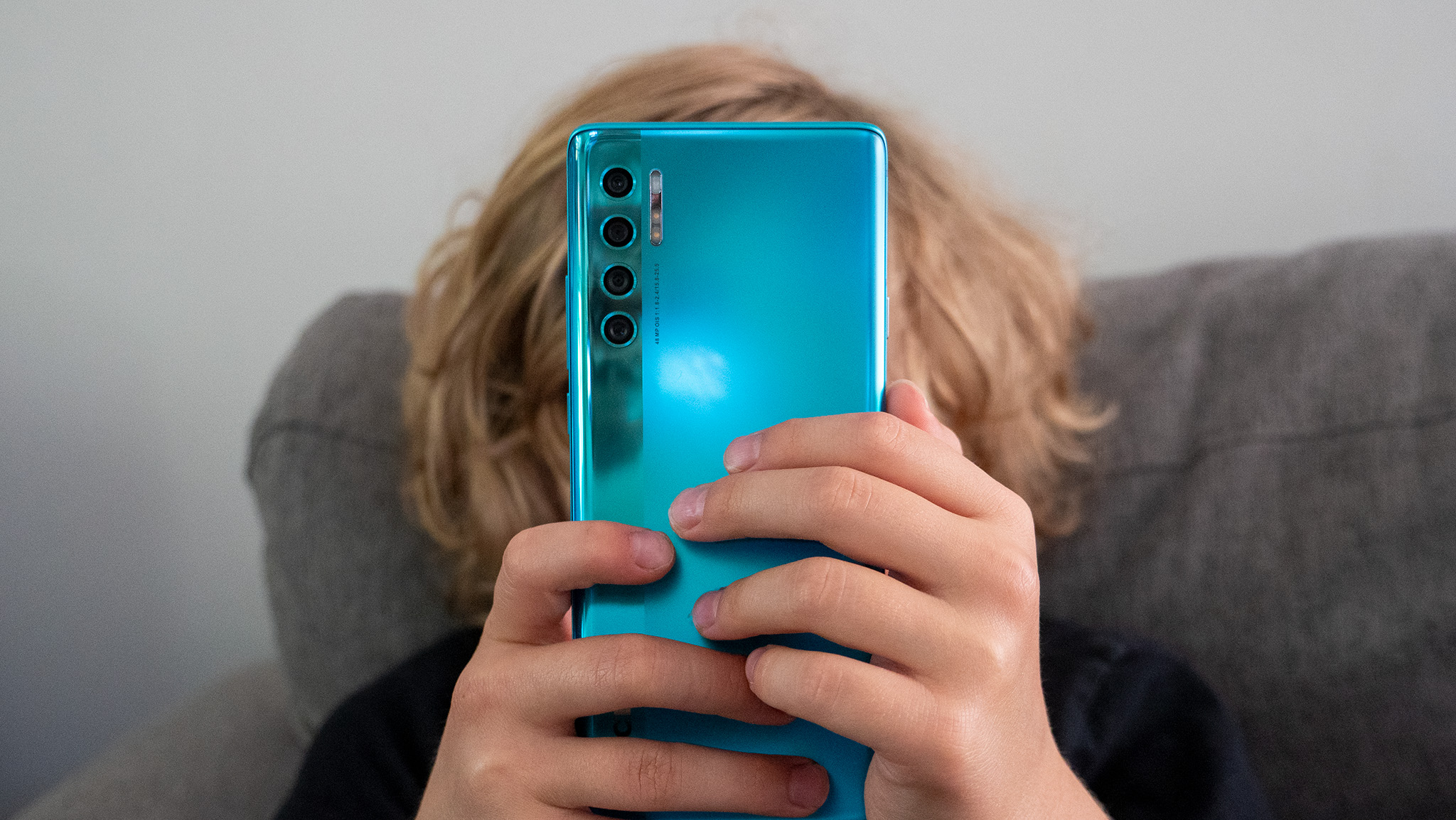Best eSIM-compatible Android phones
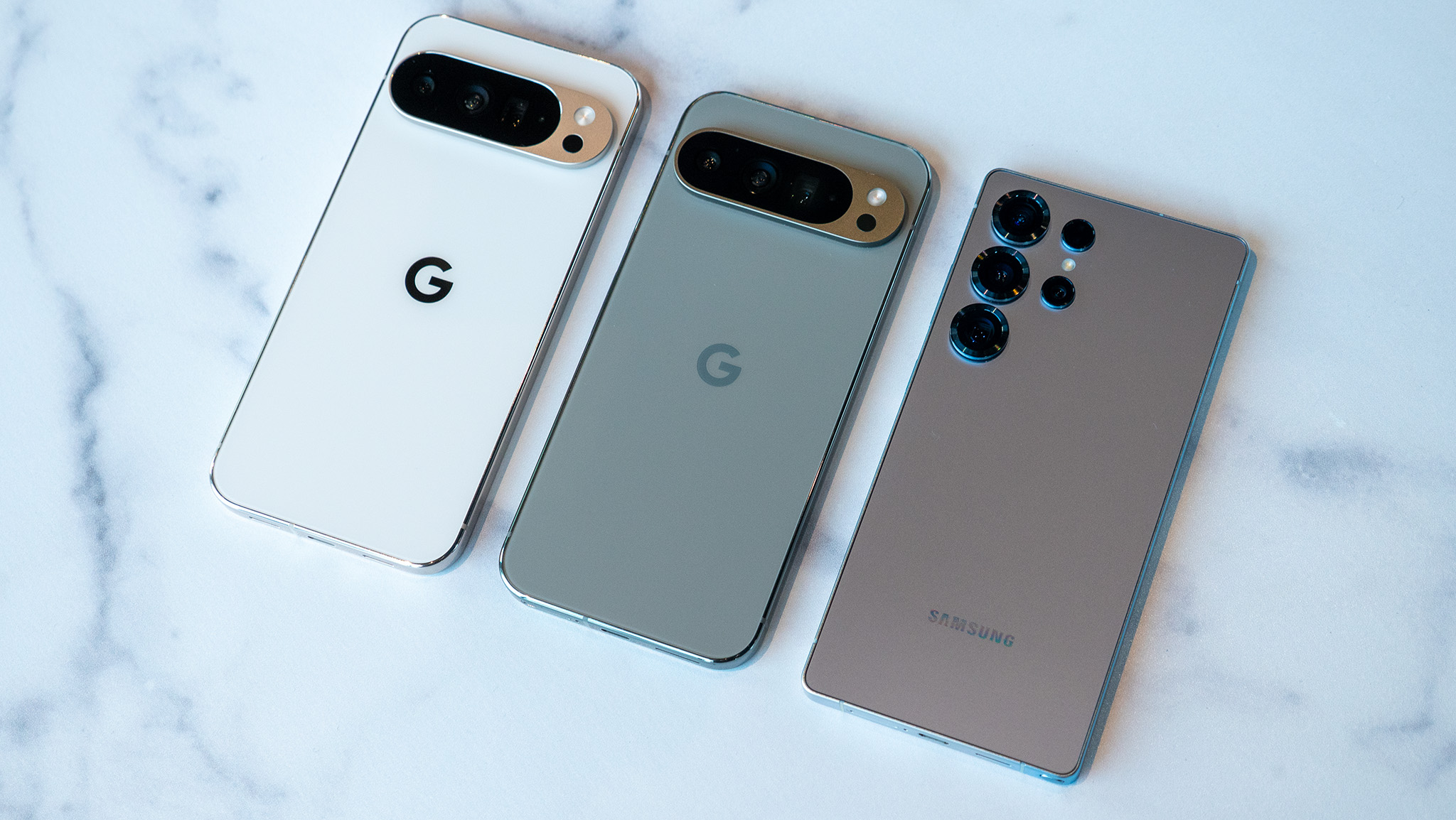
At a glance
1. Best overall
2. Best budget
3. Best premium
4. Best foldable
5. Best camera
6. Best dual-SIM
How to choose
Android phones support cellular standards like 5G and connect with a variety of carriers and networks, but to do so, they use SIMs. These Subscriber Identity Modules, whether on a removable card or on a chip built into your phone, help power your digital life. While eSIM is still relatively new, it's a technology that could make international travel easier while enhancing security.
Rather than putting your entire user identity into a tiny physical chip, eSIMs (or Embedded Subscriber Identity Modules) digitally preserve all of this information, so you don't need to worry about it. This means that you can swap your eSIM to different phones or easily change wireless carriers when you're traveling internationally, plus there's an inherent security benefit when you don't have a physical card that could be tampered with or stolen. Some Android phones even let you have multiple eSIM cards active at the same time.
Of course, not every Android phone is eSIM-compatible, and the ones that are can cost a pretty penny. But fear not — I've gathered all of the best eSIM-compatible phones below, with options for every need and budget under the sun.

Patrick is an experienced deal hunter with a particular interest in helping people save money on their phone bills. Whether you're switching to an affordable MVNO or upgrading to one of the Big Three, utilizing Patrick's years of experience in the eCommerce space can help you cut through the noise and find the carrier or gadget deal that works for you.
At a glance
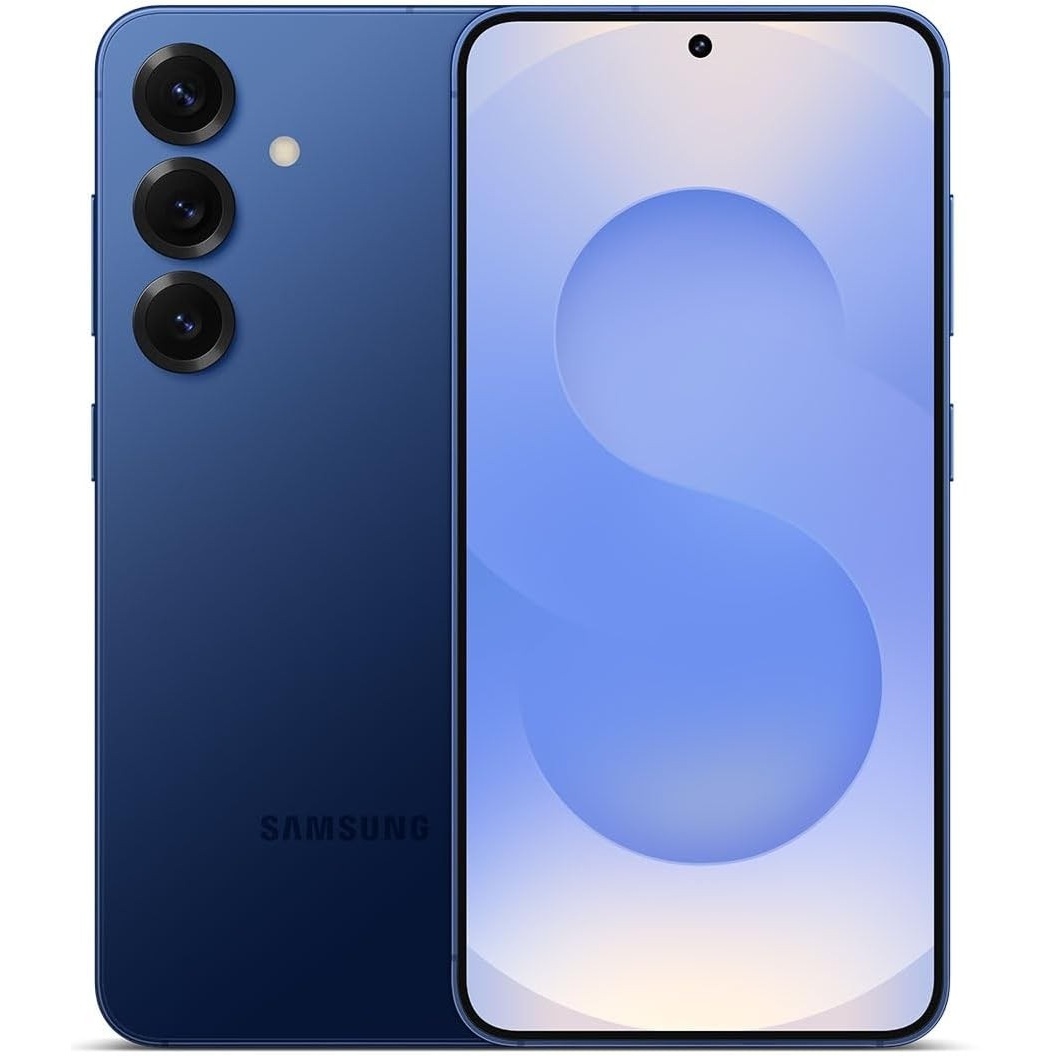
Best overall
A nearly-perfect phone for travelers, the Galaxy S25 is a compact flagship with a powerful Snapdragon chip, a ton of AI-boosted software features, and seven years of guaranteed OS/security upgrades.
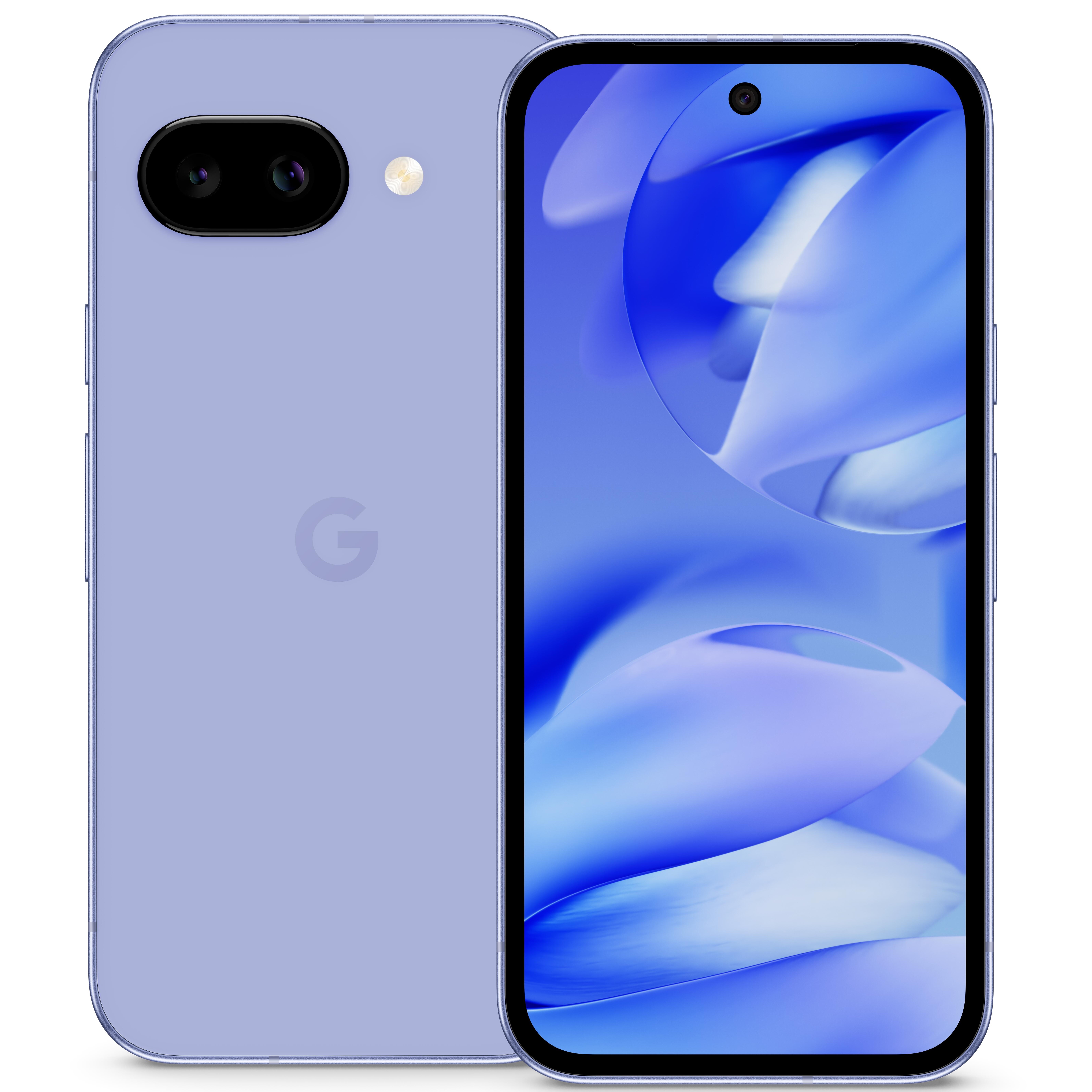
Best budget pick
The newest midrange smartphone from the bright minds at Google, the Pixel 9a is packed with a ton of flagship-level specs alongside years of software support and all of the latest AI features.
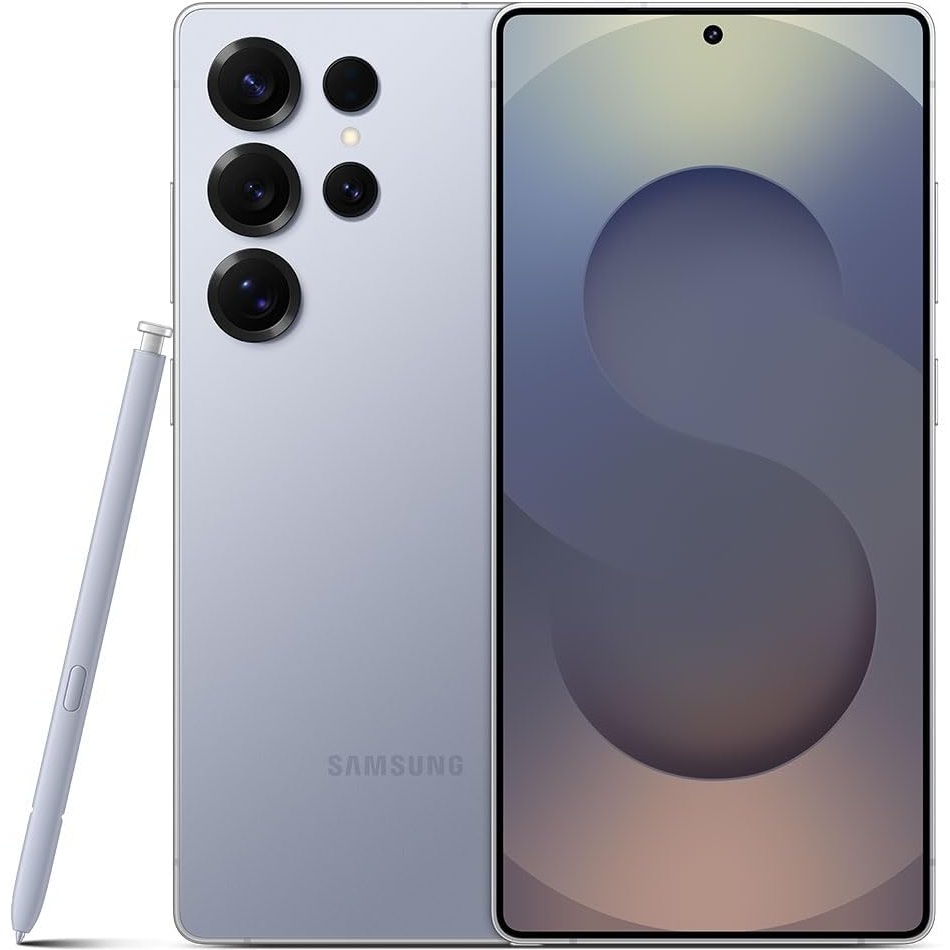
Best premium pick
If you can afford it, the Galaxy S25 Ultra might be the best Android phone on the market, boasting superb camera tech, 12GB of RAM, and a drop-dead gorgeous display with an embedded stylus.

Best foldable
The Motorola Razr Ultra might be the best flip phone ever built, with a Snapdragon 8 Elite processor, 16GB of RAM, and two pOLED displays. If you want to be on the cutting edge of foldable phone technology, this is it.
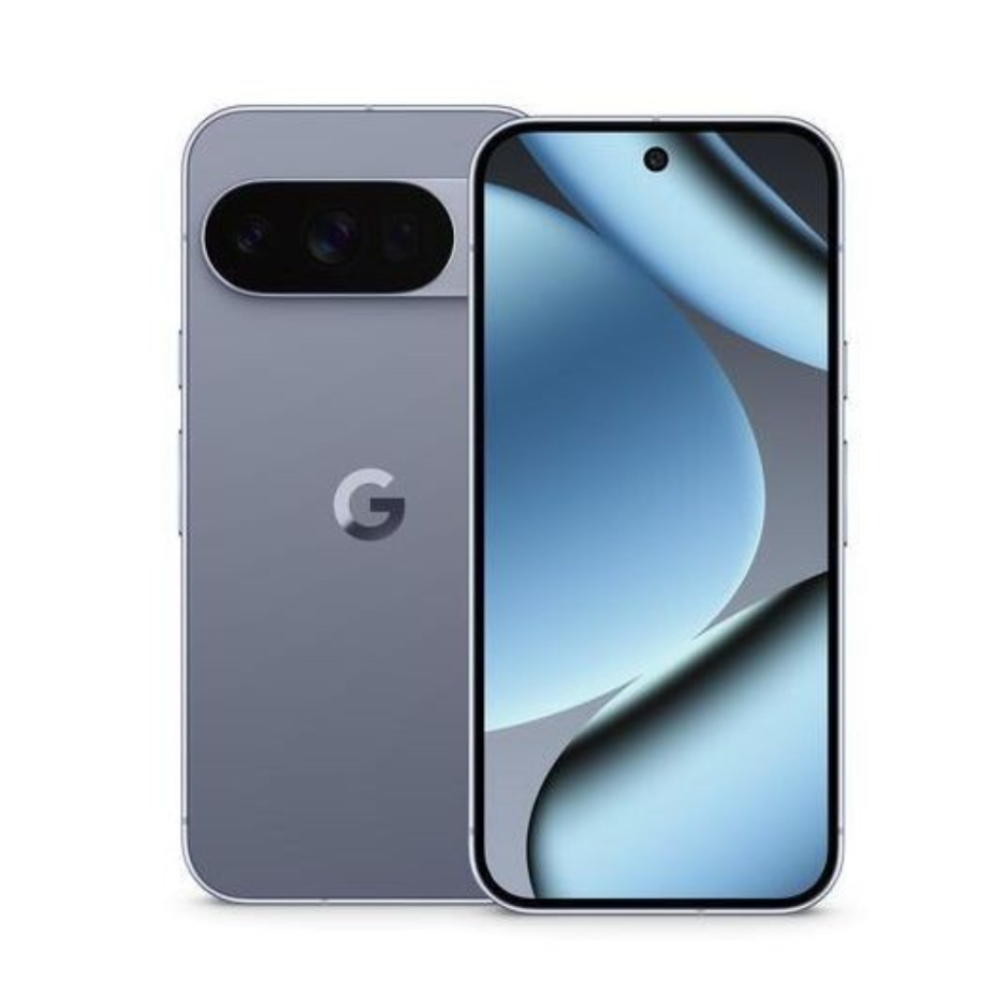
Best camera
The Pixel 10 Pro continues Google's legacy of producing some of the best camera tech around, equipping the phone with a triple lens system and useful features like Camera Coach and improved Pro Res Zoom up to 100x magnification .
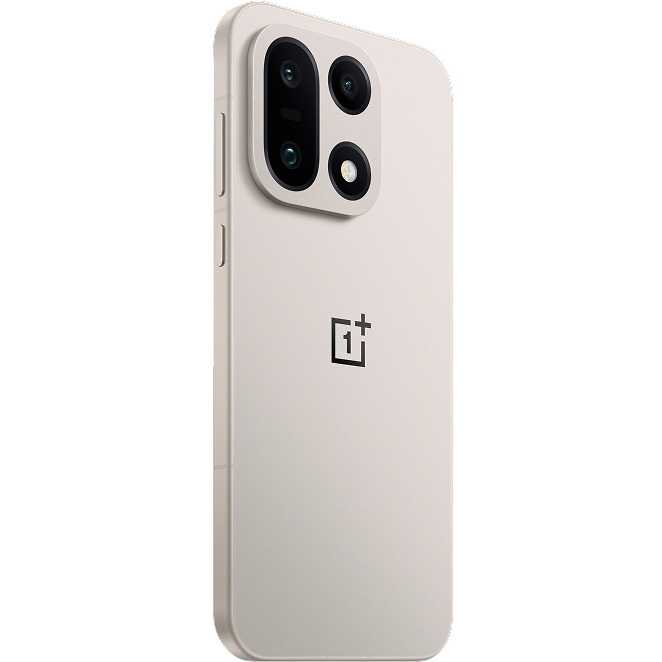
Best dual SIM
The OnePlus 15 isn't a gaming-centric flagship with multi-day battery life — the phone also offers dual nano-SIM slots to pair with its standard eSIM support.
Best overall
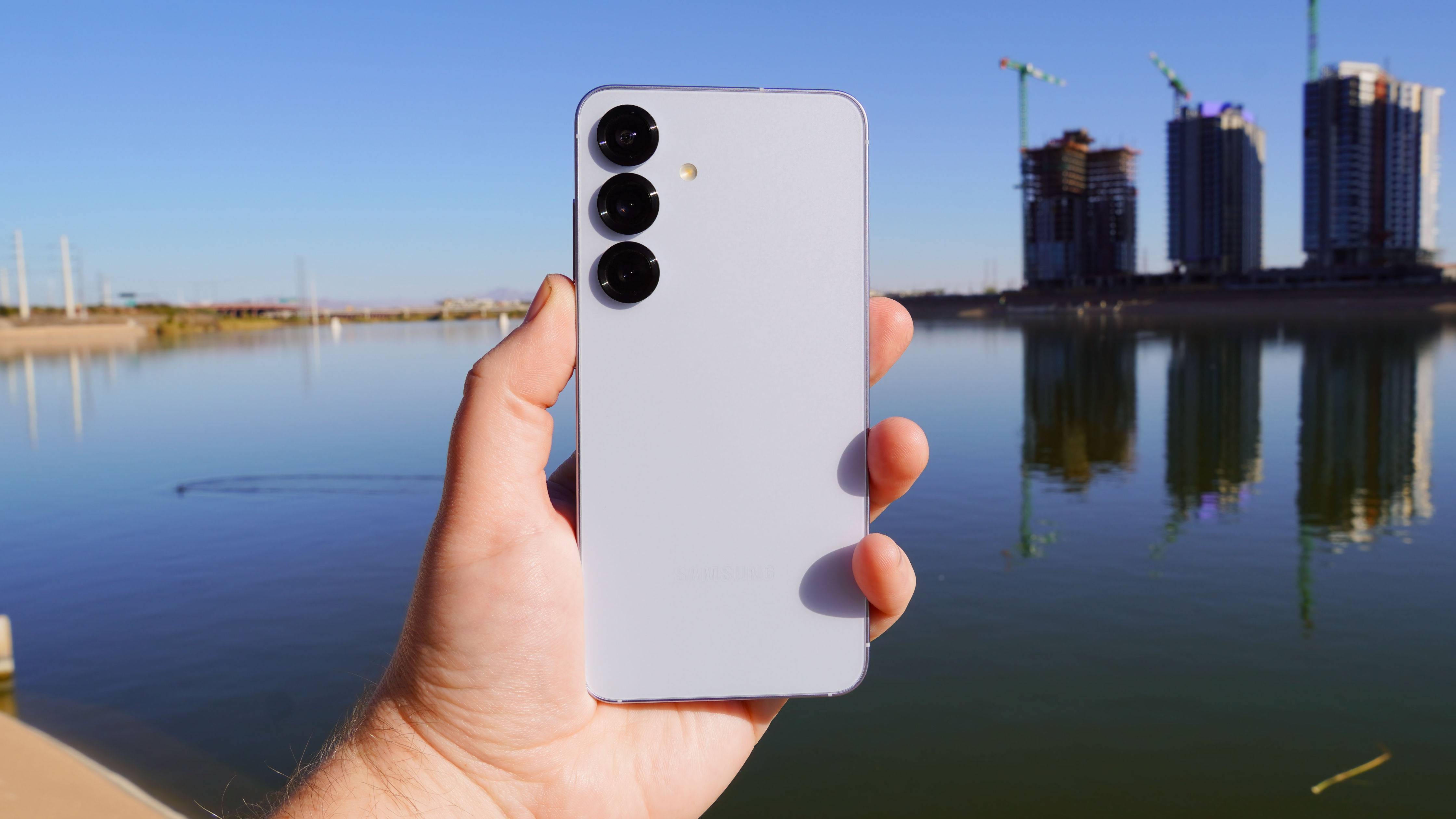
Specifications
Reasons to buy
Reasons to avoid
The Samsung Galaxy S25 may not be the dramatic improvement we were hoping for when the flagship lineup was unveiled earlier this year, but it's a versatile device that delivers premium features without breaking the bank. And thanks to its compact 6.2-inch frame, it's also one of the best small phones on the market today, making it a perfect pick for travelers and homebodies alike.
The phone is much lighter, slimmer, and easier to hold than the Galaxy S24, while the Gorilla Glass Victus 2 construction ensures you can count on the phone's durability no matter where you are in the world. The flagship phone is also driven by the same Snapdragon 8 Elite chipset that powers the Galaxy S25 Ultra and OnePlus 13, plus you get stellar AI-boosted software features, 12GB of RAM, and seven years of OS/security upgrades straight out of the box. The Galaxy S25 also boasts eSIM and dual-SIM support in both the United States and internationally, making it a versatile device for traveling overseas.
Again, the Galaxy S25 is unfortunately not a major upgrade over its predecessor, especially when you're looking at the cameras and battery life. That's not to say that these specs are bad, but they feel a bit underwhelming when you consider today's competitive Android landscape. Still, if you want a compact smartphone with eSIM support, the Galaxy S25 is going to be the best choice for most folks.
Best budget

Specifications
Reasons to buy
Reasons to avoid
The latest in Google's affordable A-series, the Pixel 9a packs all of the latest AI features and a ton of flagship-quality specs into a device that usually retails for only $499. The vibrant 6.3-inch display is only slightly larger than the Galaxy S25, while the 2,700 nits of peak brightness and 120Hz refresh rate makes the screen an absolute pleasure to use (assuming you don't suffer from PWM sensitivity). Under the hood you'll also enjoy Google's powerful Tensor G4 processor, 8GB of RAM, and some feature-packed cameras that are nearly unrivalled at this price point.
All of that is well and good, but the Pixel 9a's 5,100mAh battery is where the device really shines. In all of our testing, we found that the midrange phone could easily last two full days with casual use, while heavy gaming, streaming, and AI use gave us a full day of battery life before the Pixel 9a needed another charge.
The problem is that once the phone does need juice, the 23W charging speeds are a bit slower than we'd like. Nevertheless, when you pair the Pixel 9a's flagship-level specs with the accessible price tag and yes, eSIM support, you get an affordable device that's worth a closer look.
Best premium
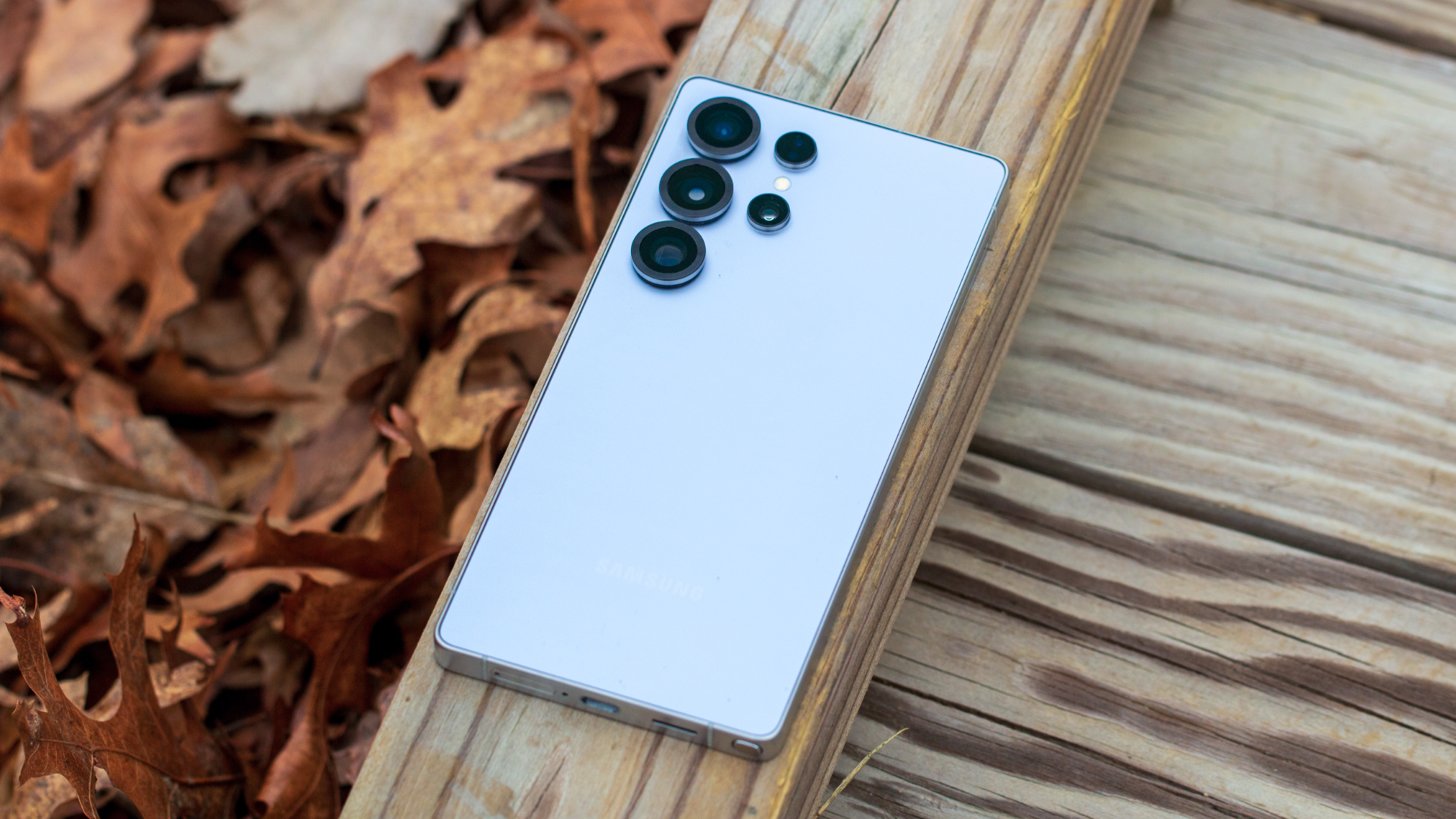
Specifications
Reasons to buy
Reasons to avoid
The Samsung Galaxy S25 Ultra might be the most powerful Android phone ever built, coming complete with a powerful Snapdragon 8 Elite chipset, comprehensive suite of AI-boosted software features, and a gorgeous 6.9-inch display with embedded S Pen stylus.
Like the rest of the S25 lineup, you get seven years of guaranteed OS and security upgrades, plus the S25 Ultra is equipped with one of the best camera systems that Samsung has ever produced. The Galaxy S25 Ultra also supports eSIM with one physicial nano-SIM slot in the United States, while international versions of the phone boast two physical SIM slots with eSIM.
So yes, everything is great until you look at the cost. With a starting retail price of $1,299.99, the Galaxy S25 Ultra is simply out of reach for most folks, and its large size means that it's not the most portable device out there. Fortunately, there are plenty of Galaxy S25 Ultra deals that should lessen the blow — just be careful buying a locked device if you plan to use eSIM functionalities.
Best foldable
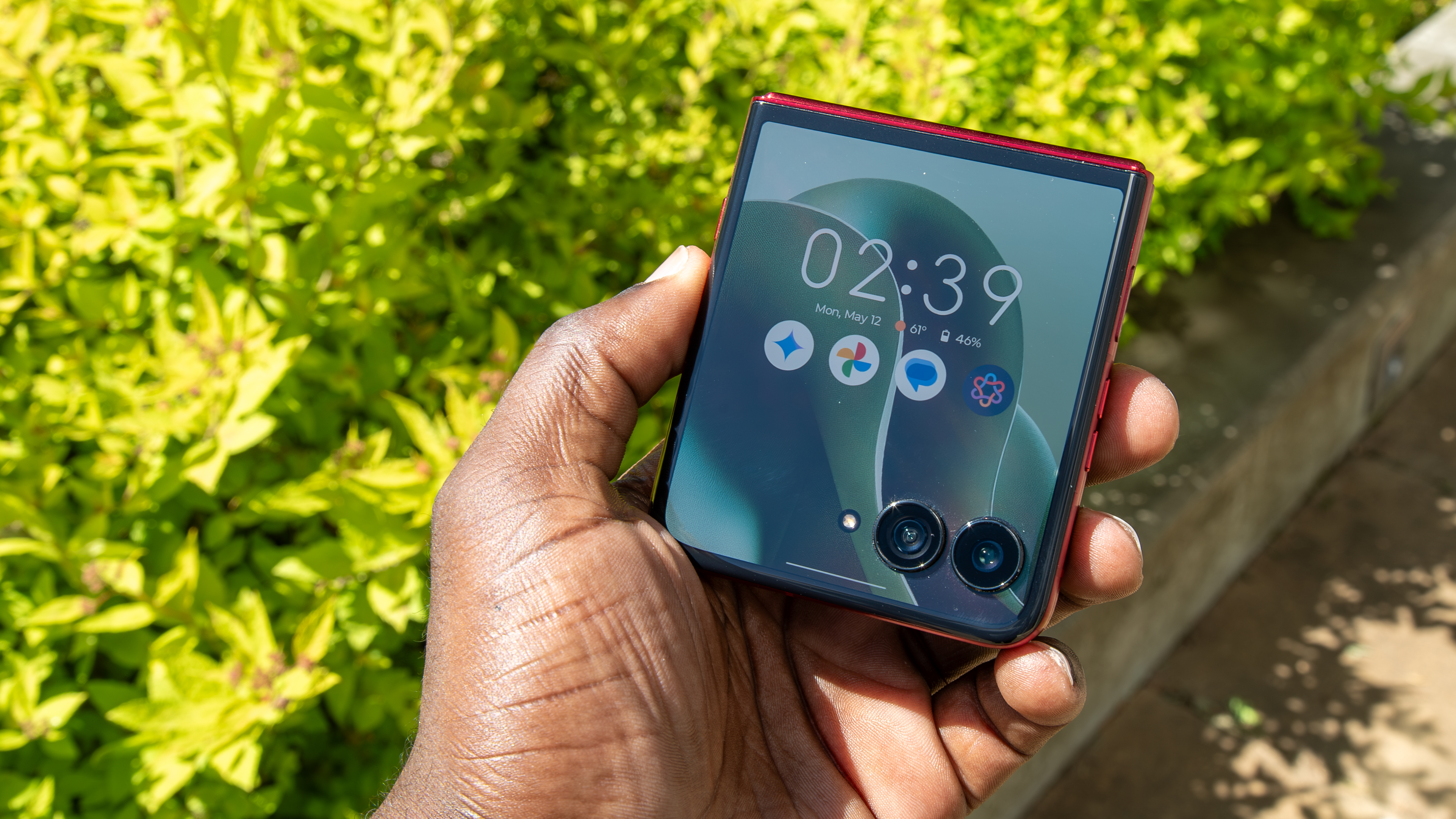
Specifications
Reasons to buy
Reasons to avoid
When the Motorola Razr Ultra (2025) was announced in April, I admit I was pretty skeptical. Sure, Motorola has been producing excellent foldable phones for years, but a new addition to the Razr lineup that costs over $1,000? Sounds more like a Samsung move to me, and not in a good way.
Fortunately, my concerns were swiftly allayed, as the Razr Ultra might literally be the best flip phone ever made. With this new release, Motorola has taken everything it's learned making Razr phones over the past few years and packed it into a super-premium, super-powered device. The Ultra comes equipped with a Snapdragon 8 Elite chipset and 16GB of RAM for powerful performance, plus you'll enjoy an all-day battery with fast 68W charging. Both the inner and outer pOLED displays on the Razr Ultra (2025) are vibrant and functional, and the upgraded titanium hinge feels sturdy enough to last for years.
True, the Ultra's price tag is still a bit of a problem, and some may wonder if Motorola really needed to make a premium flip phone when the Razr Plus already checked a lot of the same boxes. But I'll leave those questions to my betters.
Best camera
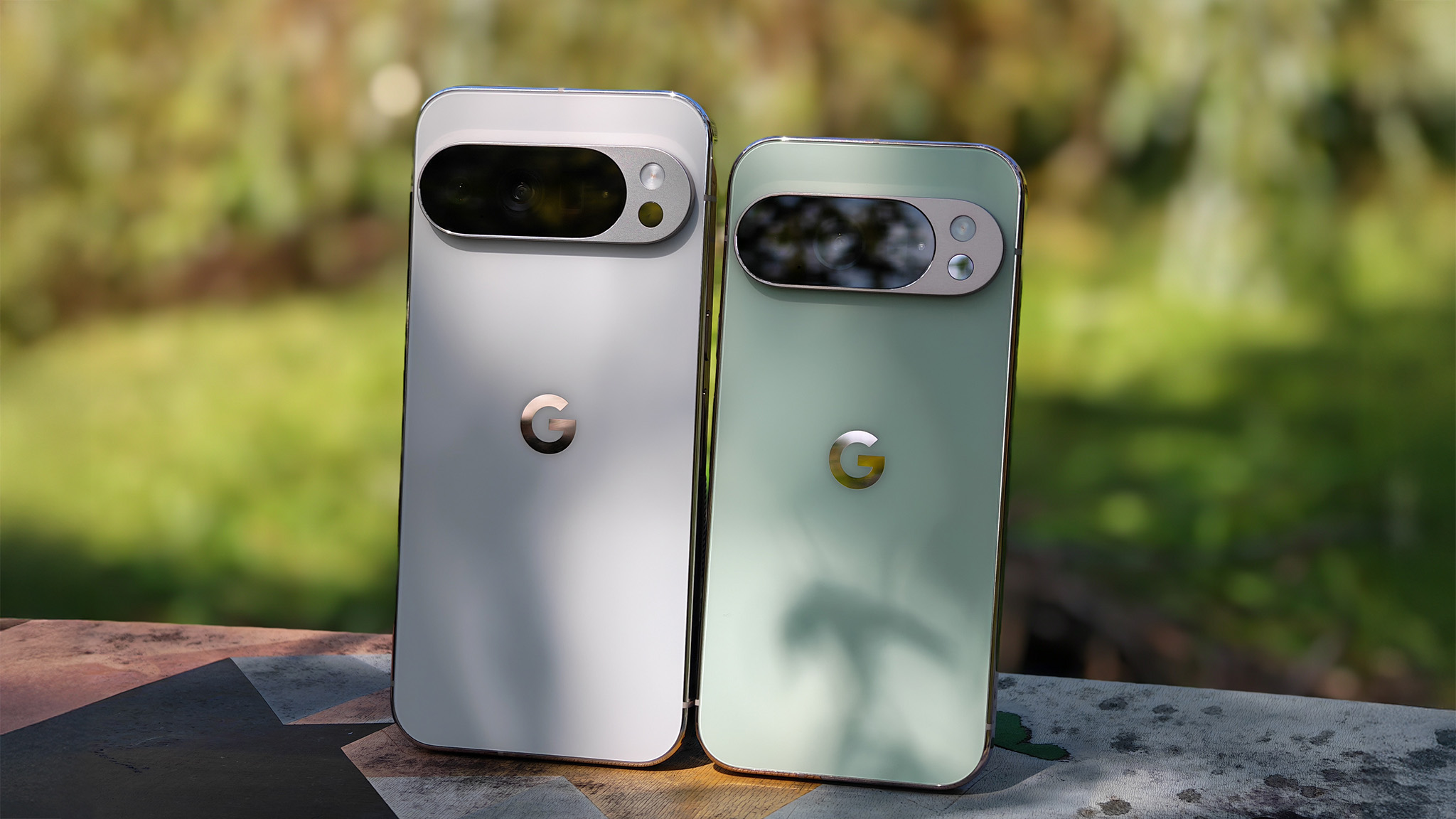
Specifications
Reasons to buy
Reasons to avoid
If you want an eSIM-compatible device that takes amazing pictures day or night, look no further than the Google Pixel 10 Pro. Released alongside an equally-great XL version last fall, the Pixel 10 Pro is a beautiful device equipped with an upgraded rear triple-camera system that includes a 5x optical zoom telephoto lens. The big changes are the new chip and Pixelsnap magnetic charging.
Of course, the Pixel 10 Pro isn't just an excellent camera phone. The flagship is also powered by the excellent Tensor G5 processor and boasts outstanding haptics, a vibrant 6.3-inch AMOLED display with 120Hz refresh rates, and seven years of guaranteed software support. In the U.S., the Pixel 10 Pro only supports eSIM but you can get the physical SIM variant in other countries.
While the new G5 SoC is an improvement over the G4, it still trails behind Qualcomm's finest. This still isn't the best phone for gaming, and shoppers who don't care about Pixel devices or high-end camera features may be better off going with a Galaxy or OnePlus phone. But if you fancy yourself a photographer on those adventures abroad, the Pixel 10 Pro is one of the best options around.
Best dual SIM
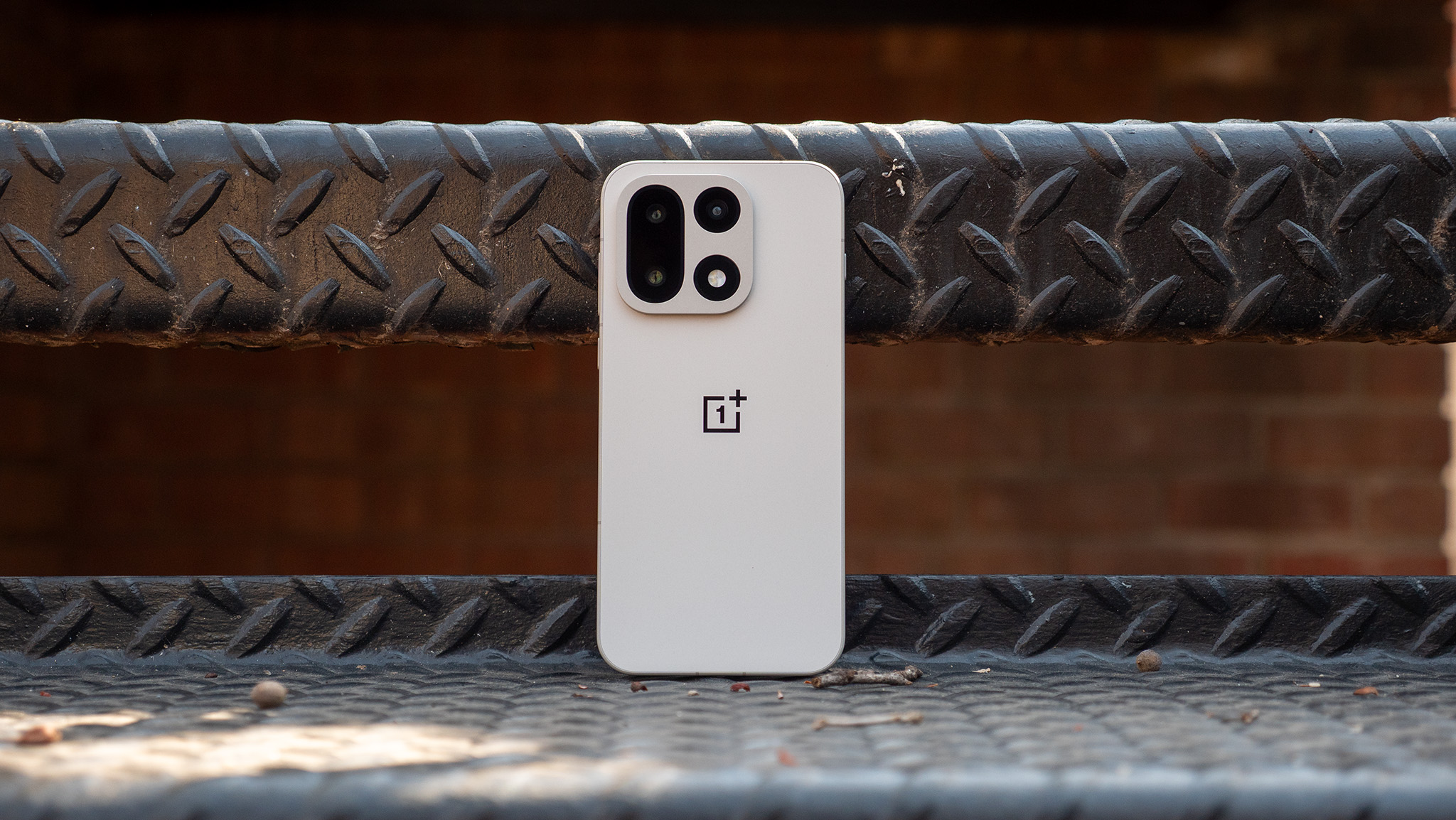
Specifications
Reasons to buy
Reasons to avoid
After the OnePlus 13 became one of the few phones to receive a coveted 5/5-star rating here at Android Central, the OnePlus 15 took a natural step back. There are a few downgrades, from the display resolution to the camera hardware, but they all make the OnePlus 15 better at one thing — gaming and raw performance.
The OnePlus 15 is powered by the top-rated Snapdragon 8 Elite Gen 5 processor, plus you get an eye-friendly 6.8-inch OLED screen and IP69 durability certification straight out of the box. The battery is the OnePlus 15's calling card — it's a 7,300mAh lithium-carbon dual-cell battery that can provide true multi-day battery life. If that wasn't enough, charging speeds are insanely fast at up to 120W. The one knock against the OnePlus 15 is that it doesn't support Qi2 for magnetic connections.
The phone also has support for two Nano SIM cards and eSIM, which is awesome when you have an unlocked phone and travel frequently. You can only use two of the three at a time, but it's still stellar functionality — especially considering phones like the iPhone 17 and Google Pixel 10 series are moving to eSIM-only models.
If you're based in North America, you may have trouble accessing the phone's full potential through your wireless carrier, especially if you use an MVNO. Notably, the OnePlus 15's U.S. release date is up in the air, as the company is waiting for FCC approval, since the process hit a snag during the U.S. government shutdown. If you need a dual-SIM phone in a pinch, grab the OnePlus 13 for now.
How to choose
Given the ubiquity of eSIM compatibility in recent smartphones, it's no wonder that this list looks a lot like our regular guide to the best Android phones of 2025. Indeed, picking the best eSIM-compatible phone is basically the same as choosing a great Android device for any use case, but there are a few details to consider before you make your purchase.
Carrier restriction: If you buy a phone that's locked to a specific wireless carrier, you'll only be able to use that carrier's network when traveling, thereby removing a lot of the convenience and flexibility of an eSIM. In other words, if you found a great Samsung Galaxy S25 Ultra deal through your wireless carrier, double check the company's locked device policy. Verizon, for instance, won't let you unlock your phone until 60 days after its purchase, making things tricky if you have a big trip coming up.
Dual-SIM: Some of the best eSIM-compatible phones also support dual-SIM, which means you're getting the convenience of both a virtual eSIM and at least one physical SIM card slot. The problem is that many manufacturers aren't clear about their device's dual-SIM compatibility. Some devices that support dual-SIM in Europe, like the Motorola Razr Ultra, for instance, lack the feature in the US market. If you'd like a phone with dual-SIM support, check the product listings closely and do a bit of research before you commit.
Other considerations: Of course, every traveler has their own priorities when shopping for a new phone. When it's your turn to make the purchase, consider what kind of user you are before settling on a product.
For example, do you need a phone that's rugged enough to take on the trail? The OnePlus 15 might be the best pick for you. Do you need all of the latest camera features to expertly document your travels? Then perhaps the AI-boosted Pixel 10 Pro is the right choice. Needless to say, if you're looking for a great phone with eSIM-compatibility, you can't go wrong with any of the options listed above, it might just take a little extra research to find your dream device.
Get the latest news from Android Central, your trusted companion in the world of Android

After almost a decade of working in the e-commerce space, Patrick Farmer (he/him) began his career at Android Central as a Deals and Commerce Writer before moving into a new role as AC's eCommerce Editor in 2023. When he's not hunting down the best deals and offering shopping advice for our readers, you'll often find him listening to music, camping out at a brewery, or treating his cat like a human child.
- Brady SnyderContributor
